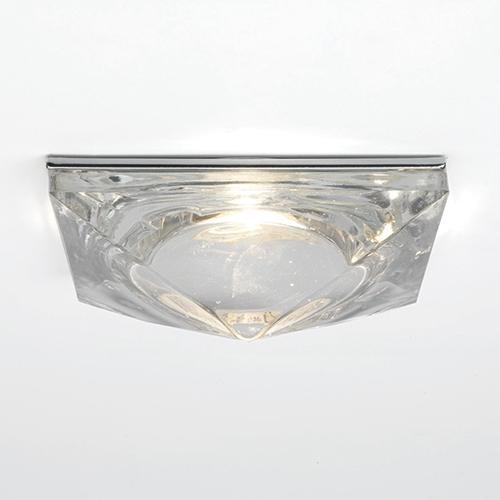Hey All,
I've an attached garage with a pitched roof 3/4 up the side of the house
Planning on plasterboarding the inside of the roof and sticking 100mm or rockwool between the joists
I've space to put in 8 LED downlights but unsure of the regs a) for heat b) for insulation
Assuming since there is no insulation and that it is a garage it won't matter about keeping it 'insulated' but I do want it warm as it will be my gym!!
Can I drill a hole for the light, stick it in & wire it up and layover the rock wool or should I leave space?
Will the wire be alright aswell ?(either under or above the insulation)
Thanks for help - I've searched but couldn't find an answer.
I've an attached garage with a pitched roof 3/4 up the side of the house
Planning on plasterboarding the inside of the roof and sticking 100mm or rockwool between the joists
I've space to put in 8 LED downlights but unsure of the regs a) for heat b) for insulation
Assuming since there is no insulation and that it is a garage it won't matter about keeping it 'insulated' but I do want it warm as it will be my gym!!
Can I drill a hole for the light, stick it in & wire it up and layover the rock wool or should I leave space?
Will the wire be alright aswell ?(either under or above the insulation)
Thanks for help - I've searched but couldn't find an answer.


